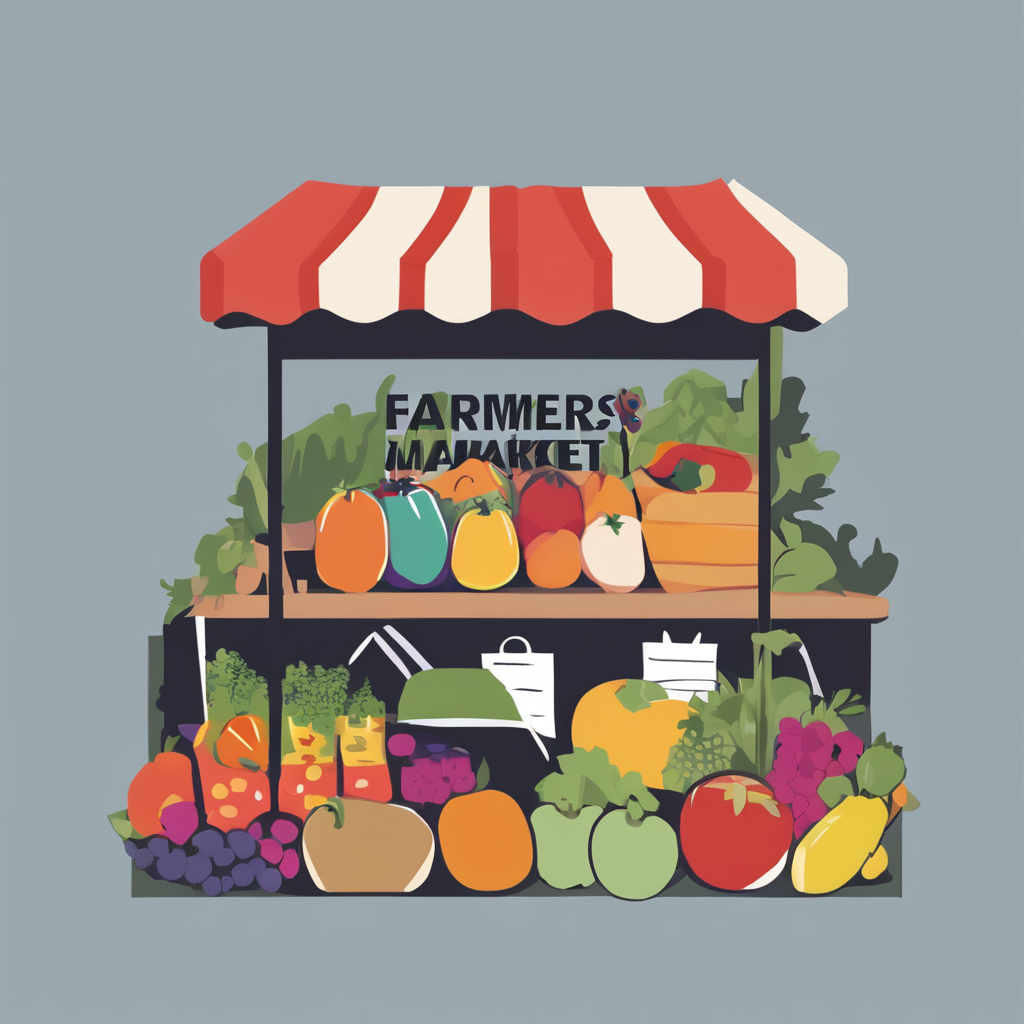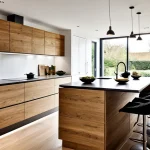Popular UK Kitchen Design Trends Shaping Modern Homes
In the evolving world of UK kitchen design trends, a blend of classic and contemporary influences sets the tone for many modern kitchens. Homeowners often seek kitchen inspiration that balances style with functionality, leading to the rise of several key design elements.
One standout trend is the increased use of natural and sustainable materials. Wood, stone, and recycled composites are popular choices, offering warmth and durability. These materials often pair with muted, earthy colour palettes like soft greys, sage greens, and creamy whites. Such shades promote a calm, inviting atmosphere while complementing various kitchen styles.
In parallel : Exploring how uk kitchen restaurant bars elevate customer experience with cutting-edge technology
Another defining feature in modern kitchen styles is the emphasis on open-plan layouts. Seamless integration of kitchen spaces with dining or living areas maximizes light and encourages sociability. This trend ties closely to minimalist cabinetry designs, characterized by handle-free doors and smooth finishes, often in matte or satin textures.
Glossy surfaces and bold accent colours remain prevalent for those embracing contemporary flair. Dark hues like navy or charcoal, combined with metallic accents in brass or matte black, offer visual contrast and sophistication without overwhelming the space.
Also to see : Boosting kitchen productivity: tips for optimizing efficiency in uk restaurant bars
Adapting these elements ensures kitchens align with both aesthetic preferences and practical living needs, exemplifying the best of UK kitchen design trends today.
Real-Life Kitchen Transformations: Before-and-After Inspirations
Experience is the best teacher when it comes to kitchen remodel inspirations. Seeing real-life UK kitchen before and after examples reveals how thoughtful design choices can dramatically improve both aesthetics and functionality. One standout feature common in successful kitchen makeovers is the clever use of space. For instance, replacing bulky cabinetry with sleek, built-in storage can instantly open up the room.
Lighting also plays a crucial role. Many transformations incorporate layered lighting to balance ambiance and task needs, greatly enhancing usability. Updating surfaces—swapping worn countertops for quartz or granite—adds durability and a fresh look.
In these kitchen makeover ideas, the synergy of color schemes, modern appliances, and ergonomic layouts results in striking yet practical spaces. Small changes, like adding a kitchen island or integrating smart technology, often lead to disproportionately large impacts on convenience and style. These upliftments not only boost the home’s value but also enhance everyday cooking experiences.
By carefully studying UK kitchen before and after transformations, prospective renovators can draw inspiration tailored to their space and budget. Success lies in balancing innovation with personal taste to create kitchens that are both beautiful and user-friendly.
Expert Guidance for Enhancing Kitchen Style and Function
When aiming for a functional kitchen layout, striking the right balance between style and practicality is essential. UK kitchen design experts stress that a well-planned space not only looks inviting but also promotes efficiency. This means considering your cooking habits, storage needs, and the kitchen’s flow to avoid inconvenient layouts.
Space optimisation is a key focus, especially in smaller UK homes where every inch counts. Implementing clever solutions such as pull-out shelves, corner carousels, or integrated appliances can dramatically increase usability. Designing a kitchen with zones—for preparation, cooking, and cleaning—helps maintain order and enhances workflow.
Experts recommend choosing materials and finishes that complement your home’s overall style while remaining durable and easy to maintain. For example, quartz worktops bring both elegance and resilience, making them popular choices in UK kitchen design tips.
By incorporating insights from professional interior designers, homeowners can elevate their kitchen’s appeal without sacrificing function. Expert advice often emphasizes light colours to create an open feel and suggests bespoke cabinetry to maximise storage tailored to your lifestyle.
Following these kitchen design tips ensures a room that’s as beautiful as it is efficient, helping your kitchen become the heart of the home.
Integrating UK Kitchen Designs with Overall Home Decor
Achieving kitchen and home decor integration hinges on creating a seamless transition between the kitchen and adjoining areas. One effective method is selecting cabinetry that complements the color palette and style of neighboring rooms. For example, if your living room features warm wood tones, matching kitchen cabinets can reinforce a cohesive home design. Flooring is equally crucial; using consistent materials or coordinating shades throughout connected spaces ties the entire home together visually.
Lighting plays a significant role in enhancing the aesthetic appeal improvement within integrated spaces. Incorporating fixtures that echo design themes from other rooms—such as pendant lamps or recessed lights—can unify the atmosphere. Accessories, including handles, backsplashes, and decorative elements, should subtly reference patterns or textures found elsewhere to maintain visual harmony without overwhelming the senses.
This strategic combination of cabinetry, flooring, lighting, and accessories creates a fluid and balanced environment. By carefully considering these elements, homeowners can ensure their kitchen feels like an integral part of the overall home decor, improving both functionality and style without sacrificing comfort or personal expression.
Understanding Precision and Recall in SQuAD Evaluations
Grasping the basics of evaluation metrics in natural language processing is crucial for accurate model assessment.
Precision and Recall are fundamental to understanding performance in datasets like the Stanford Question Answering Dataset (SQuAD). Precision calculates the proportion of correctly predicted tokens out of all predicted tokens, which means it answers: “Of all the tokens the model predicted, how many were actually correct?” The formula is:
Precision tp / (tp + fp)
Here, tp represents the number of tokens correctly matched between the predicted answer and the ground truth, while fp counts tokens predicted but not part of the correct answer.
In contrast, Recall measures the completeness of the prediction, asking: “Of all the correct tokens, how many did the model successfully find?” The formula is:
Recall tp / (tp + fn)
Where fn is the number of correct tokens missed by the prediction.
Both precision and recall together provide a balanced view of the model’s accuracy, highlighting whether it tends to be too conservative or too broad in its answers. Balancing these metrics is essential when optimizing question answering systems within the SQuAD framework.



